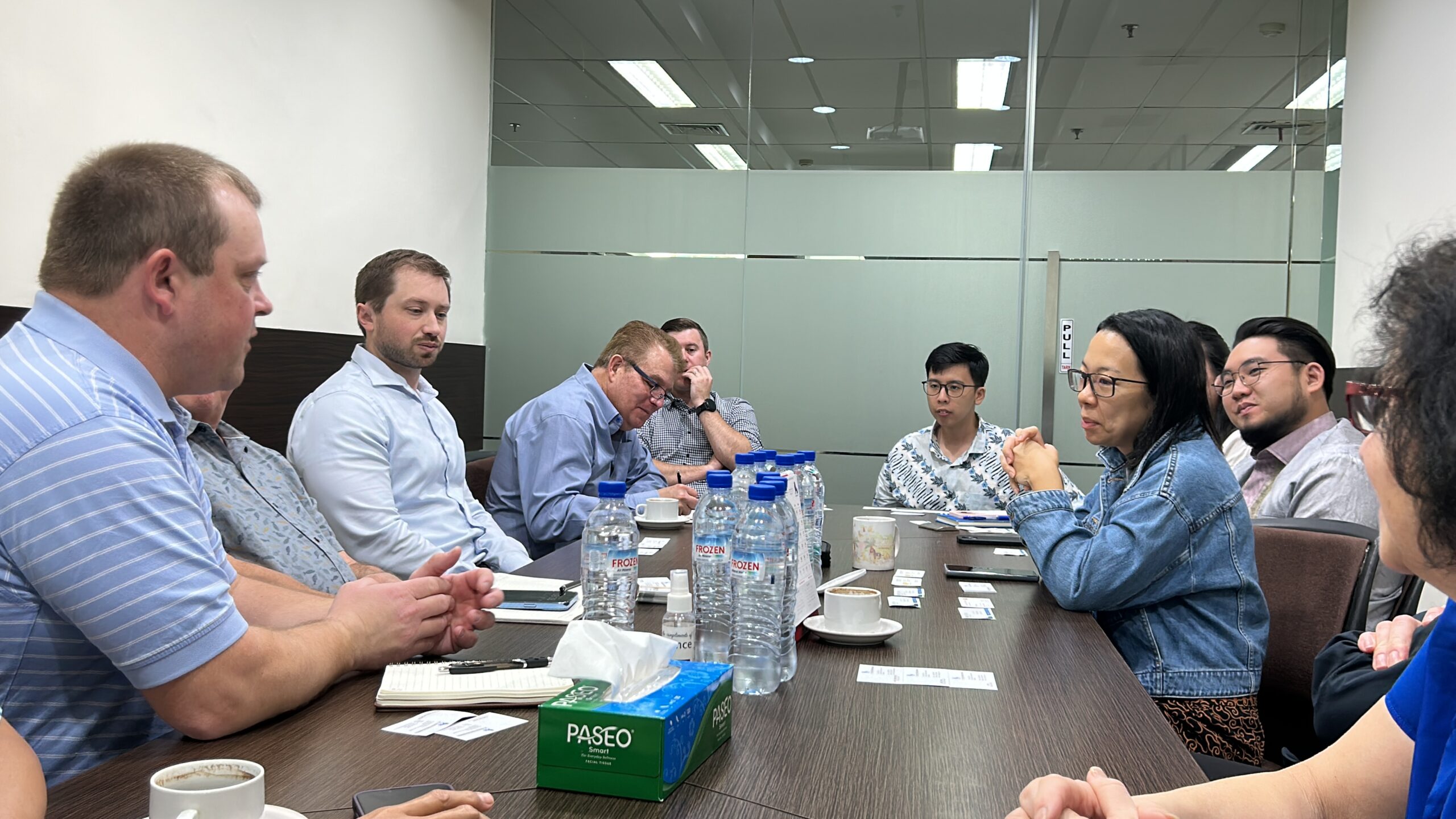
A soybean’s journey is far from over when a farmer hauls their last load of the day to the local elevator – it’s just beginning.
For producers in the Upper Midwest whose soybeans leave the U.S. via the Pacific Northwest (PNW), expanding market export opportunities is crucial.
Enter Northern Soy Marketing (NSM).
A collaboration of farmer leaders from Minnesota, South Dakota and Wisconsin, NSM is traveling to Indonesia Feb. 17-21 to meet directly with international stakeholders.
“Relationships are important in international business,” said NSM Chair Glen Groth, who farms near Ridgeway, Minn. “Our customers want to understand where their beans are coming from and know the people behind the product. Those relationships go a long way towards growing our market share and building a sustainable business in Southeast Asia.”
With the largest population and economy in Southeast Asia, Indonesia’s animal feed production is projected to grow three percent annually, which will increase the use of soymeal 47 percent by 2035 and 40 percent by 2040. In Southeast Asia as a whole, animal protein consumption is projected to achieve a compounded annual growth rate of 20 percent in the next five years; the region needs to increase its purchase of soybeans and soymeal exponentially to meet demand.
“NSM looks at all of the potential markets for soybeans leaving via the PNW,” NSM Director and South Dakota grower Mike McCranie said. “Of course, you always think about the Philippines and the market share we gained in that country, and you’d like to duplicate that. Consequently, you look at where there is potential, and we identified Southeast Asia, including Indonesia.”
As the soy landscape shifts, NSM is keeping the coming changes at top of mind when making strategic decisions.
“With all of the new soybean crush plants coming online in our area, our markets are starting to shift to more soymeal,” McCranie said. “We cannot lose sight of that market shift and need to look for those potential customers.”
With an action-packed schedule and essential support from the U.S. Soybean Export Council, trade mission attendees include Groth, McCranie, NSM Vice Chair David Struck, University of Minnesota soybean researcher Seth Naeve and poultry nutritionist Bob Swick.
Along with hosting NSM’s “Understanding U.S. Soy Quality” seminar, the delegation is visiting several stakeholder businesses, including:
- Central Proteina Prima – One of the largest aquaculture feed manufacturers in Indonesia
- De Heus – An animal and aquaculture feed manufacturer
- Wonokoyo Jaya – An integrated poultry feed manufacturer, breeder and meat processor
- Forum Tempe Indonesia – Organization promoting tempeh development in Indonesia
- Multi Pakan Jaya Sentosa & Multi Adhika Sentosa – Family-owned companies managing poultry farms and manufacturing poultry feed
- Seger Agro – Trader and distributor of soy and other animal feed ingredients
And there will be familiar faces during NSM’s business meetings in Indonesia. In early October 2024, NSM hosted its 2024 Crop Tour, which brought attendees to multiple farms across the Upper Midwest before ending in the PNW. Several of the crop tour attendees are hosting meetings with the NSM delegation in Indonesia, including Mr. Harmoko of Seger Agro in Surabaya, further building key relationships.
During the trade mission, NSM’s key takeaways will be simple: Northern-grown soy is consistent, reliable and high quality.
“As farmers, we’ll talk about the methods we use when growing the soybeans that make our product high quality and consistent,” McCranie said. “And we’re also a very reliable market, which is important to reiterate with them. When you order out of the PNW, freight times are shorter, and the quality is better.”
A critical component of NSM’s message centers around redefining the measure of feed ingredient quality and value. Traditionally, soy quality is based upon crude protein content, but calculating the sum of the five of the most essential amino acids (EAA) – lysine, cysteine, methionine, threonine and tryptophan – provides a numerical critical amino acid value (CAAV) that paints a more accurate picture of soy nutritional value.
When those five EAAs aren’t present in sufficient quantities in feed ingredients, nutritionists must either increase the level of protein or supplement the diets with synthetic amino acids. This increases production costs and leads to potential imbalances of intact digestible amino acids. While in Indonesia, the NSM delegation will emphasize this critical aspect of soy quality.
“We will stress the importance of measuring quality by looking at the essential amino acid profile,” Struck said. “We’re going to explain that they won’t have to put synthetic amino acids in the soymeal that they buy from us, which will cost them less in the long run.”
Farmers from NSM’s member states produce 16 percent of the soybeans grown in the U.S. and trade missions like the upcoming Indonesia visit play a critical role in expanding export markets for northern-grown soybeans.
“Our quality and consistency make our soymeal attractive and the best value for their money,” Groth said. “It also comes down to the ease and reliability of transport across the ocean to get to Southeast Asia from the PNW. Those are all good marketable points that we can talk about with our customers in Indonesia and hopefully gain more business.”


